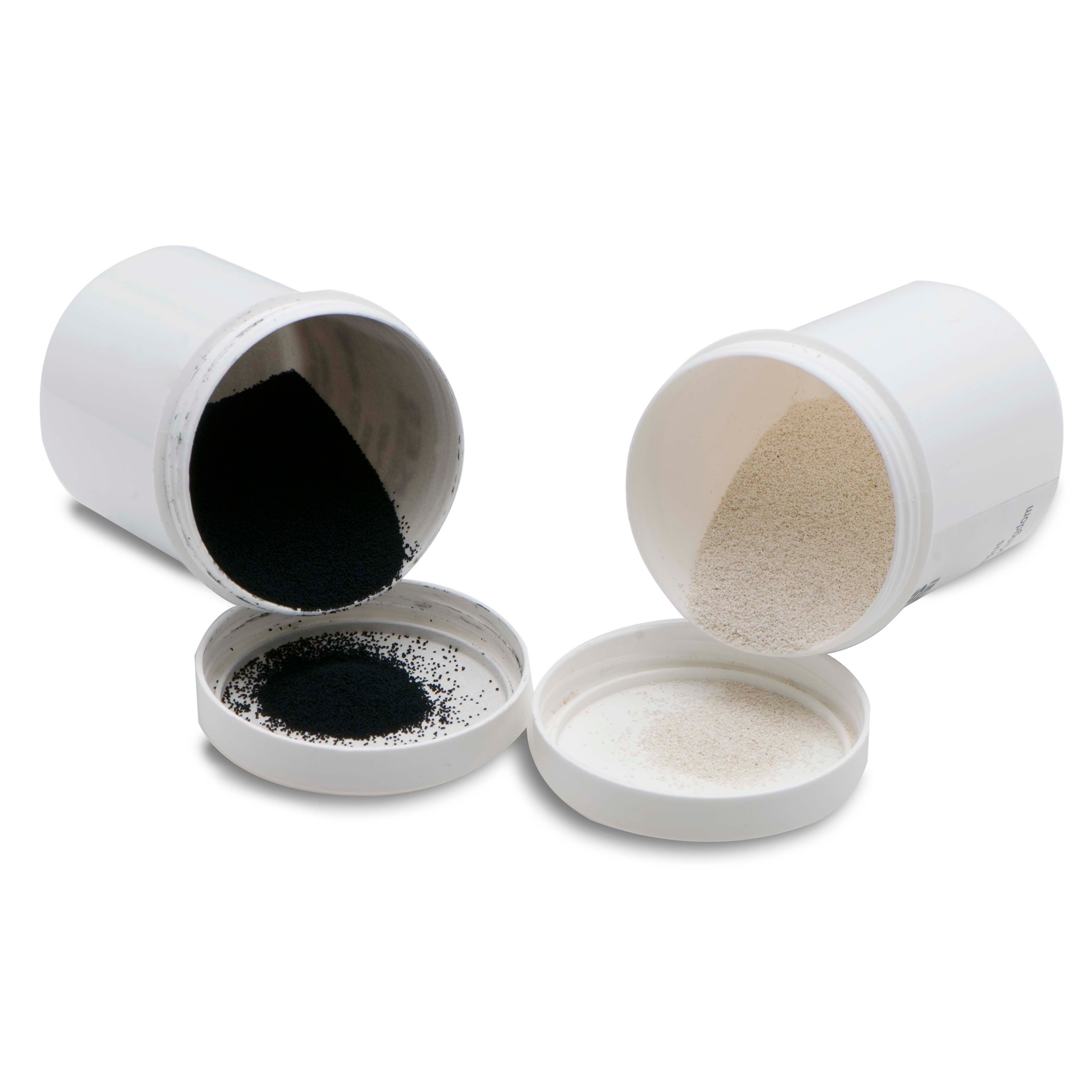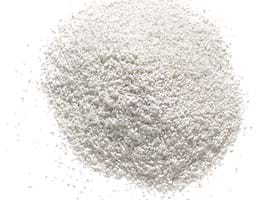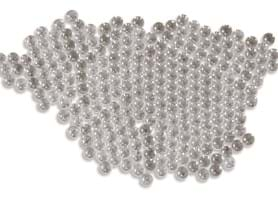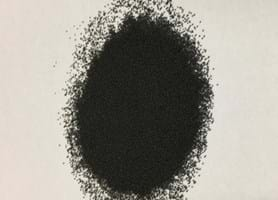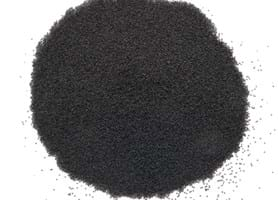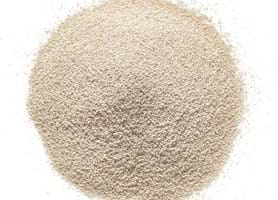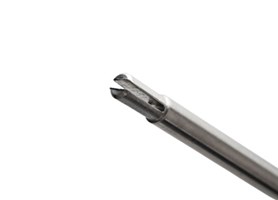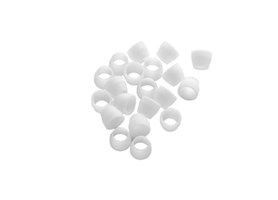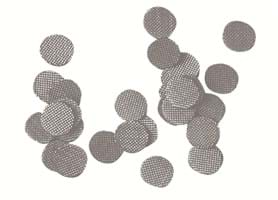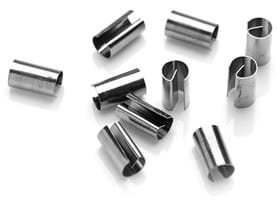Sorbents
In the context of thermal desorption, a sorbent (or adsorbent) is a material used to capture volatile compounds. Sorbents are fundamental to the process of TD and are used in both sorbent tubes and focusing traps. Many types of sorbents are available, with some of the most popular being porous polymers such as Tenax® TA, graphitised carbon blacks such as Carbograph and carbonised molecular sieves such as Carboxen 1000.
It is generally advised to match the sorbents in the sorbent tube and focusing trap, because analytes that can be trapped at ambient temperature on a tube can then be trapped at ambient temperature on a focusing trap. Being able to use near-ambient conditions helps reduce the impact of interferences due to water/moisture.
See our popular quick reference Sorbent guide.
Overview
The choice of sorbent(s) principally depends upon the volatility (specifically the vapour pressure) of the analytes concerned: they must quantitatively retain the analytes from the volume of air/gas sampled and then release them as efficiently as possible during thermal desorption.
In general, the more volatile the analyte, the stronger the sorbent must be. Stronger sorbents are used for the analysis of very volatile compounds (VVOCs), whereas weaker sorbents are used for the analysis of semi-volatile compounds (SVOCs) and to prevent damage to stronger sorbents. Multiple sorbents enable active sampling of extended analyte ranges on a single tube, reducing costs and simplifying workflow.
Many types of sorbents are available, and some of the most popular for TD are:
- Porous polymers
- Graphitised carbon blacks
- Carbonised molecular sieves
- Zeolite molecular sieves
Markes offers a range of pre-packed sorbent tubes and focusing traps optimised for specific applications.
For more on Sorbent selection, see our blog.

